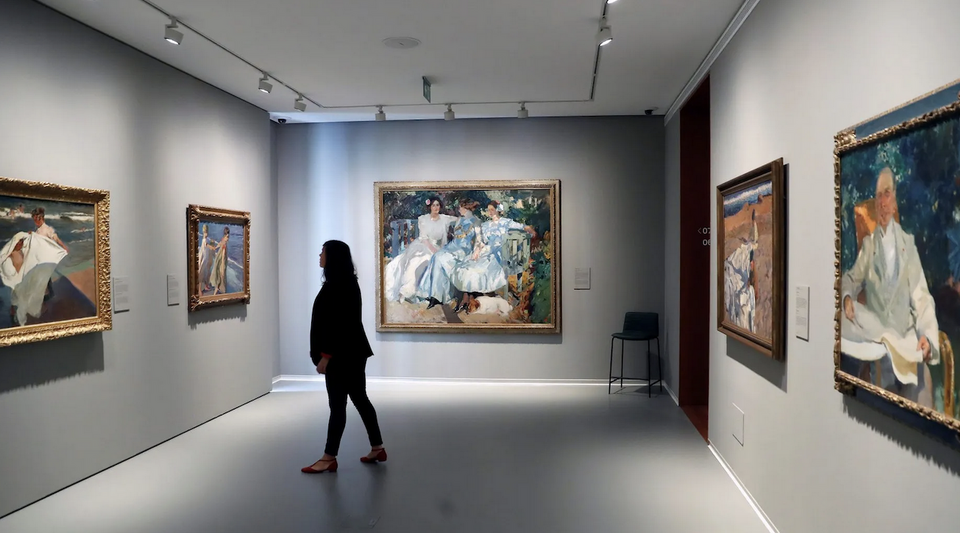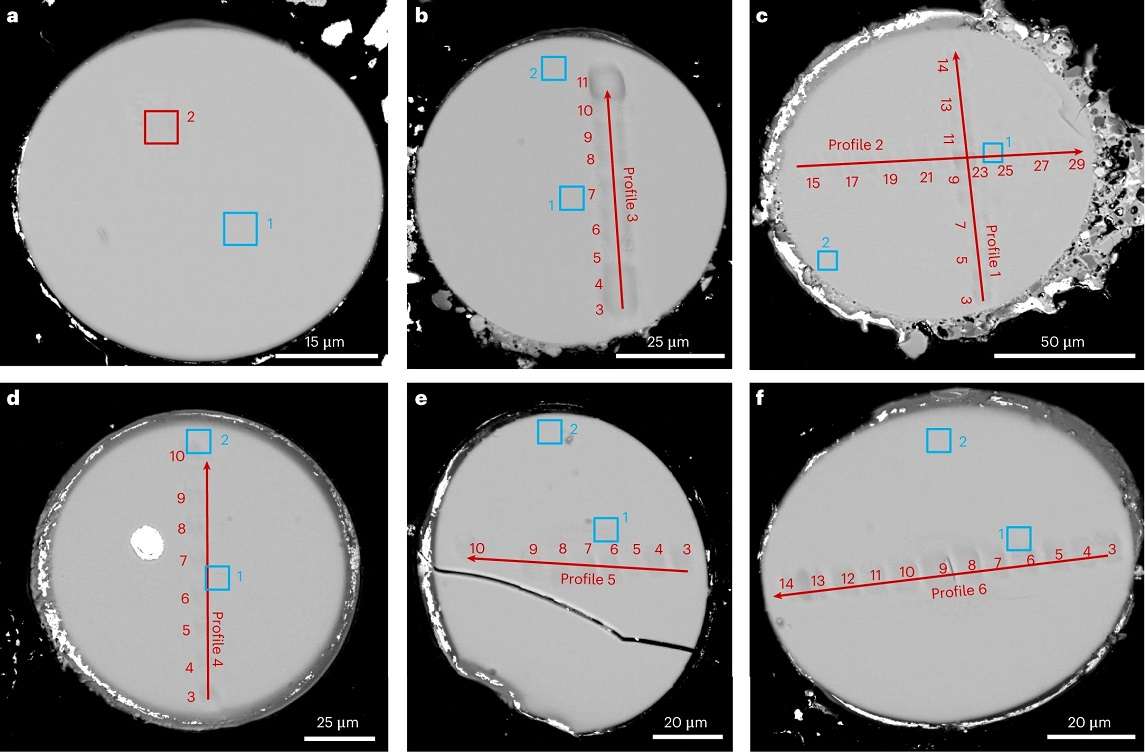The paintings by Joaquín Sorolla that are kept by the Museum of Fine Arts in Havana will not travel to Valencia, the painter’s hometown, to one of the exhibitions organized in Spain this year on the occasion of the centenary of his death, despite the fact that the Cuban and Spanish authorities had been in talks since 2016 to ensure this participation.
The general director of Culture and Heritage of the Valencian Community, Carmen Amoraga, confirmed this last Friday, during the press conference held to present the interactive exhibition Sorolla through light, which will take place between October 2023 and February 2024. “The international situation has meant that, having had very advanced negotiations, the Cuban government has decided to stop collaboration projects like this one,” declared the regional official, who suggested that the deal is at a standstill.
As revealed by the newspaper Valencia Plaza from government sources, “despite progress being made and there was good harmony, there was a change of criteria that would coincide with the diplomatic tension between Cuba and the United Kingdom as a result of the claim for the payment of a debt by a vulture fund that the country understands as ‘illegitimate'”. However, Havana has not given any official explanation.
Almost seven years ago, after a trip to the island by the then president of the Valencia regional government, Ximo Puig, it was announced that talks had begun to “repatriate” the 32 works by Joaquín Sorolla that the Cuban National Museum of Fine Arts has. The objective, it was said at the time, was to emulate the Los Sorolla de La Habana exhibition, which took place in Valencia in 1985.
A large part of the confiscated sorollas were owned by the sugar businessmen José and Alfonso Fanjul and Óscar B. Cintas, who came to claim Sotheby’s when it put up for sale works appropriated by the Castro State
In 2019, “everything seemed on track,” Amoraga told Valencia Plaza, but the covid-19 pandemic “delayed everything.” The same medium had published in 2022 an interview with the director of the Museum of Fine Arts in the Spanish city, Pablo González Tornel, in which he announced that they had not yet spoken with him about this matter and lowered expectations of the works brought from Cuba. : in the end there would be only ten, because, he clarified, “two thirds of the Sorollas in Havana are prosecuted and cannot leave the country.”
Joaquín Sorolla (Valencia, 1863-Cercedilla, Madrid, 1923), who is not called the “painter of light” for nothing, was not only an extraordinary and prolific artist, but also very popular during his lifetime. His fame went beyond the borders of his country and, naturally, he arrived in Cuba.
Before the Island ceased to be Spanish, he painted portraits of the colonial aristocracy, such as the Marquesa de Balboa, according to Manuel Crespo Larrazábal in a catalog of the painter published in 1992. Right there he also recounts that the first work that entered the collection from the National Museum of Fine Arts in Havana was Niño eating watermelon, bought in 1920 by the then director of the institution, Antonio Rodríguez, in the painter’s own workshop in Madrid (for 4,000 pesetas, which today would be equivalent to just over 500 euros ).
The greatest number of Sorolla’s works entered Cuba during the 1950s, the moment of maximum economic splendor for the island’s bourgeoisie. In 1955, many Cuban collectors, the same text recalls, contributed to an exhibition of the Valencian artist held on the occasion of the installation of the Museum in the Palace of Fine Arts in Havana.
“During the 1960s, about fifteen works by Sorolla entered the National Museum of Havana, from transfers made by the State and direct purchases, which made the set of his paintings grow remarkably within the institutional collection” , details Crespo Larrazábal, referring to the confiscations of upper-class families who left the Island after the triumph of the Revolution and the nationalization of private companies.
A large part of the sorollas confiscated by the Castro State were the property of sugar businessmen José and Alfonso Fanjul and Óscar B. Cintas, who came to claim Sotheby’s when the auction house offered works appropriated by the regime for sale.
As part of its permanent exhibition, the Fine Arts has a Joaquín Sorolla Room currently made up of 13 paintings.
________________________
Collaborate with our work:
The team of 14ymedio He is committed to doing serious journalism that reflects the reality of deep Cuba. Thank you for accompanying us on this long road. We invite you to continue supporting us, but this time becoming a member of our newspaper. Together we can continue transforming journalism in Cuba.








